How to build a website from scratch
Learn what you need to know to build a website

Whether you are a professional who wants to build a website to showcase their portfolio online, or an entrepreneur who wants to sell goods fast, a website serves as the basis of your online presence, and establishes you as a trustworthy source in the strange world of ones and zeroes.
A website serves as the center of your digital life, and can be used to dispense information, establish authenticity, and market products or services. It may seem daunting at first, but building a website these days is really easy, especially when using one of the best website builders.
There are a variety of services that can make the process of building your website so simple that you can finish setting it up within a weekend. In this article, we will take a look at what you need to build your own website and get it up and running.
How to build a website from a scratch: Preparation
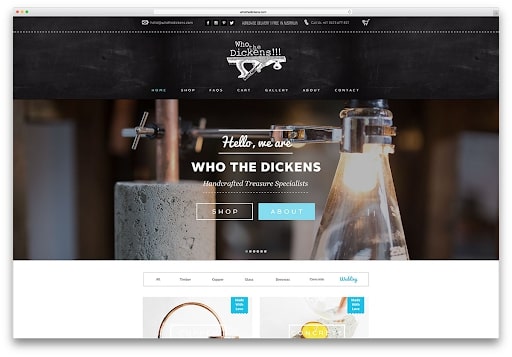
There are three things that you will need to build your own website. The first, of course, is a hosting provider. A web hosting provider is a company that rents out space in the online world for making websites, in much the same way a landlord rents out space for people to live in.
The second thing you are going to need is a domain name, which is the hyperlink (for example, www.sitename.com) that people will enter in their browser to access your website. Finally, you will need a website creation platform, such as WordPress or Weebly, that will allow you to design your website and populate it with written content.
Such platforms may either be packaged with your web hosting plan, or will need to be installed separately. We will go into detail about each of these elements below as we help you learn to build a website.
Step 1: Choose a hosting provider
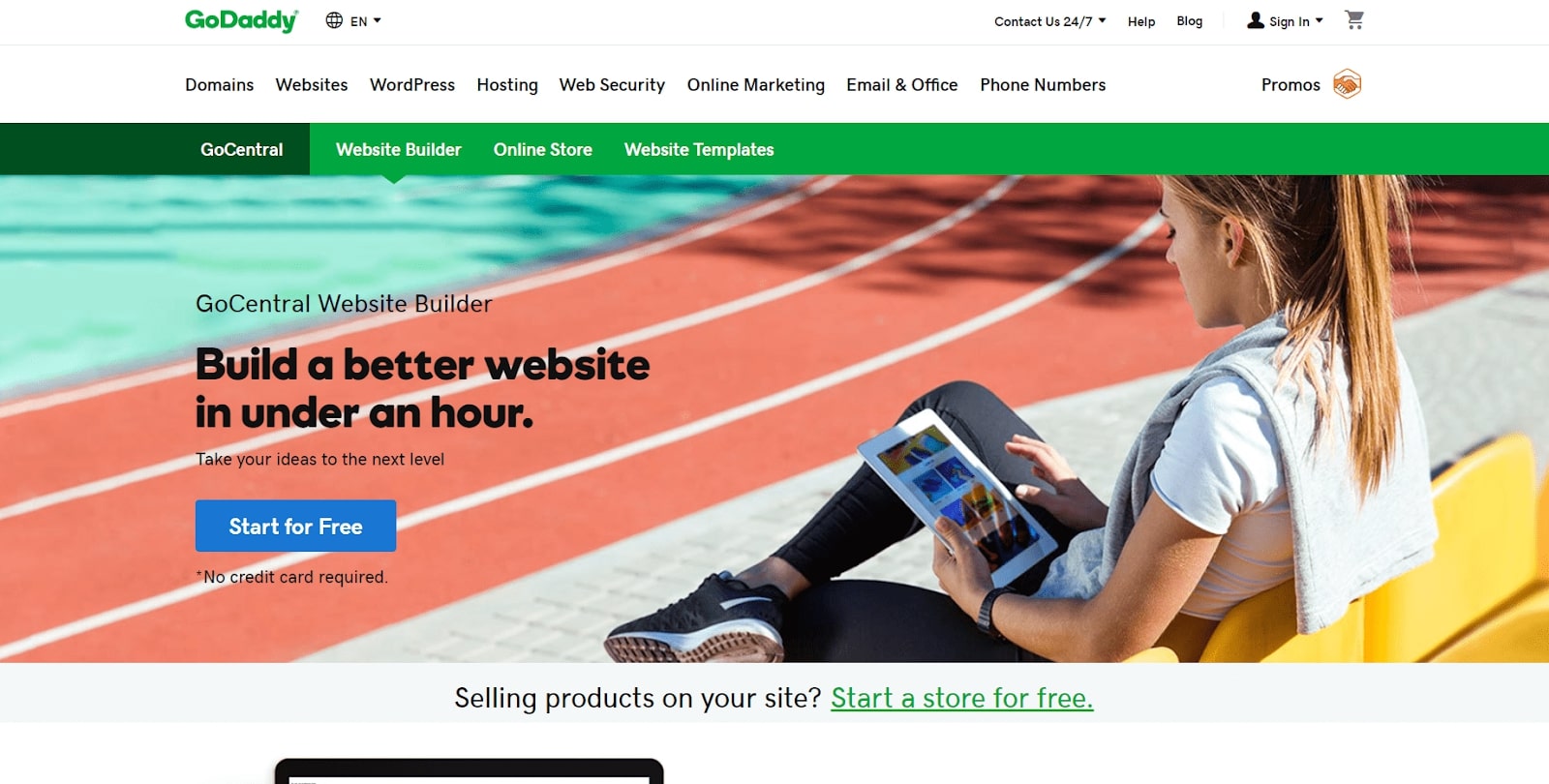
Choosing the best web hosting provider can prove challenging, especially as there are so many of them around, but it’s the most vital part of building a website. Getting yourself stuck with a poor web host would be unwise, even if it is free. Unreliable web hosting can lead to serious problems later on in the process, which could, in turn, affect your online presence.
Sign up to get the BEST of Tom's Guide direct to your inbox.
Get instant access to breaking news, the hottest reviews, great deals and helpful tips.
A common problem with poor web hosting, for example, is downtime. This is essentially what happens when your website randomly shuts down and goes offline, because it cannot handle the amount of traffic received or data stored. Downtime can have a serious impact on your online business, which is why we recommend going for a paid hosting provider, even if it requires some initial investment.
A few examples of good hosting providers include HostGator, Bluehost, Hostinger, and GoDaddy; peruse a list of the top best free web hosting services if you're on a tight budget.
Step 2: Choose a hosting plan
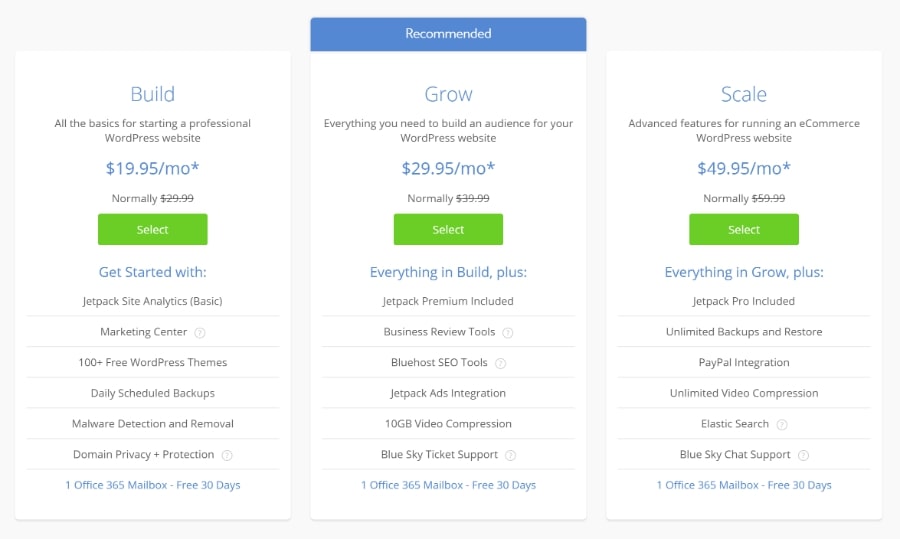
Once you have chosen a good web hosting company, the next step is to figure out the kind of hosting plan you want. There are a variety of hosting plans available per provider at various price ranges. Each of these boasts different server specifications and limitations, but generally speaking, they can all be categorized into the following: shared hosting, virtual private servers, dedicated hosting, and managed hosting.
Shared hosting is the most inexpensive of the lot, with your website sharing space with hundreds of other websites on the same server. This is followed by VPS (virtual private server) hosting, where your site only shares space with a handful of websites.
Dedicated hosting has you equipped with a unique server for your website. Finally, managed hosting actually falls into one of the three categories mentioned earlier, but also offers extra tools based on the content management system you use.
Step 3: Select a domain name
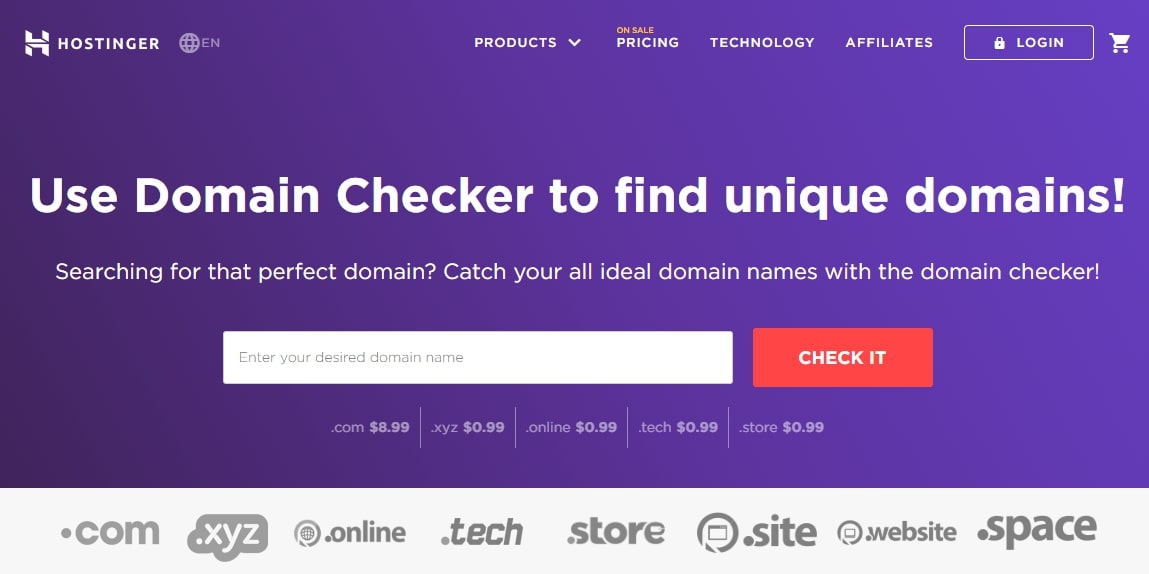
A domain name is the primary URL entered by visitors to access your website. It usually comes packaged with your hosting plan, but can also be purchased separately. Your domain name is unique to your website, and affects the way your brand is perceived.
A domain name is for more than just branding, however. It is also essential for search engine optimization, affecting the way search engines rank and display your website in search results.
Aside from the usual top-level domain extensions like .com and .org, you can also choose from an extended collection of use-specific domain extensions, such as .tech and .fashion.
Step 4: Find a content management system
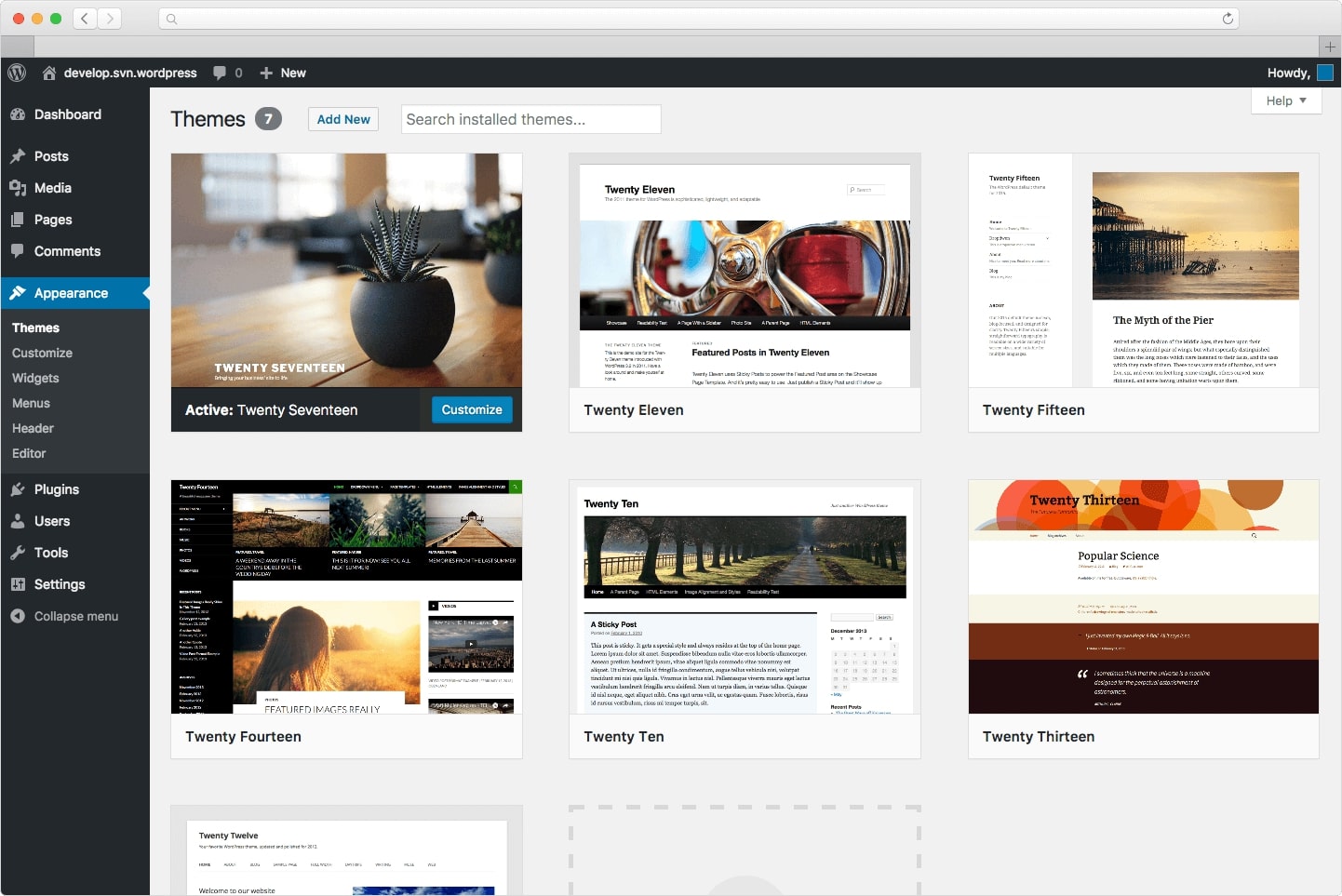
Simply speaking, a content management system (CMS) is a platform used to manage your website. Not only is it responsible for populating your website with written and visual content, but its user interface also makes it possible to track, analyze, and administrate your website in an efficient way. Without a CMS, your website would just be a chunk of code, or worse, a blank screen.
There are a number of CMSs out there, the most popular being WordPress. WordPress is an open source content management system with a robust collection of plugins that can be used to design, publish, and maintain websites and blogs at any scale. A few other examples of successful CMSs include Joomla and Drupal.
Depending on your level of technical know-how, you may not want to opt for a CMS at all, instead choosing to go with a website builder like Squarespace, Wix, or Shopify. Website builders aren’t free or open source, but they offer an easier alternative to the advanced environment preferred by CMSs.
Step 5: Customize your website
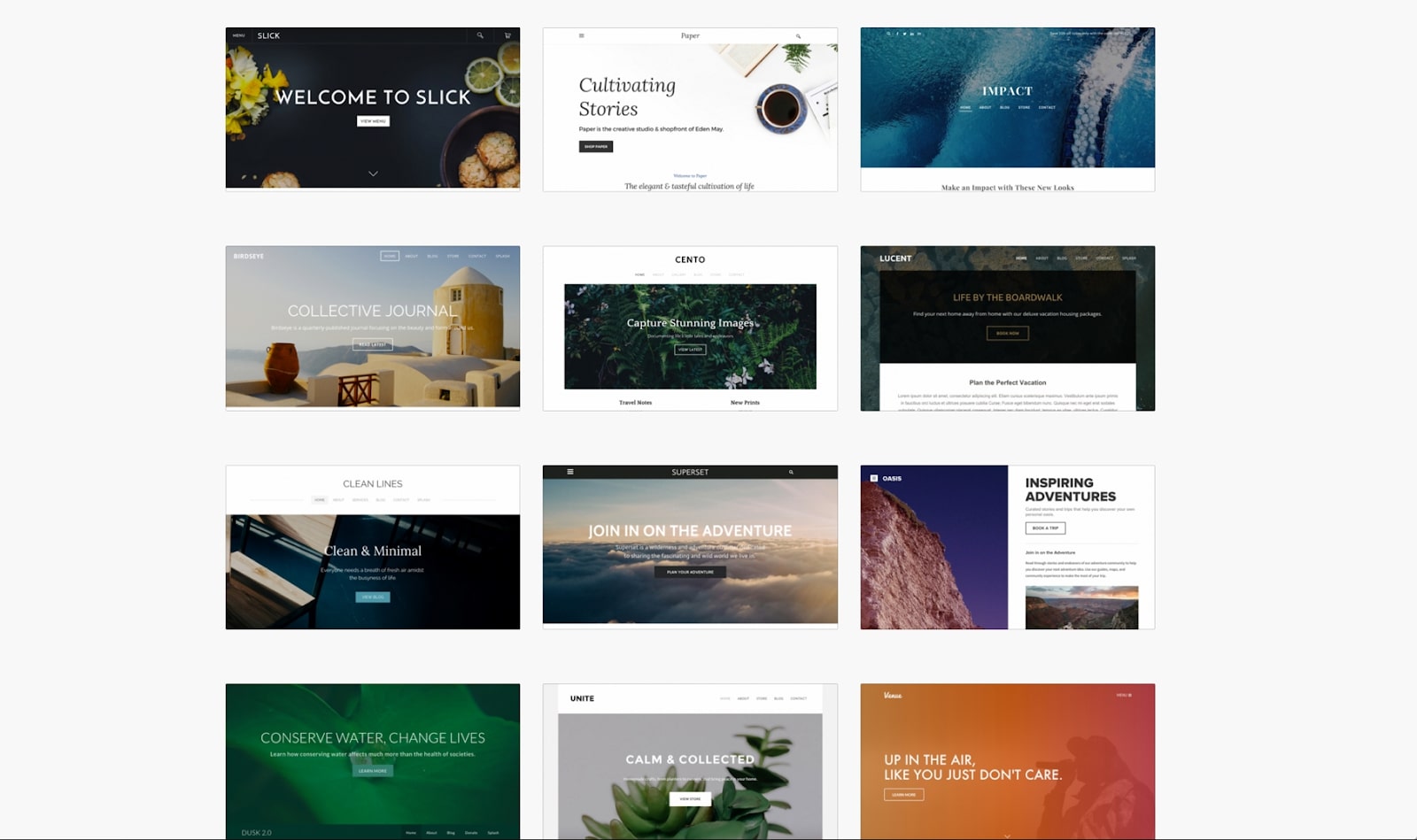
Even after you have finished picking a hosting plan and installed a CMS on your website, it will still remain blank until you populate it with the right kind of content. To do this, you will first need to choose a template for your website, which will serve as the basic layout for its pages. Then, you can proceed to customize this template using a built-in site editor or HTML and CSS coding.
This process can be widely different based on the type of software you choose to manage your website. If using a powerful content management system like WordPress, you will have a lot more options to customize your website and add specialized coding than website builders such as Wix or Weebly.
Once you have finalized your template, you can create new pages and add text, images, and videos to populate your website. This is what you would call content. Depending on the purpose of your website, you may want to use this space to talk about your products and services, share information and news, or upload media content.
There is no single way to populate your website with content. Generally speaking, however, most websites need to have an about page, a contact page, and a home page. You can add more pages, or even a blog or forum, to make your website even more interactive.
Step 6: Publish your website
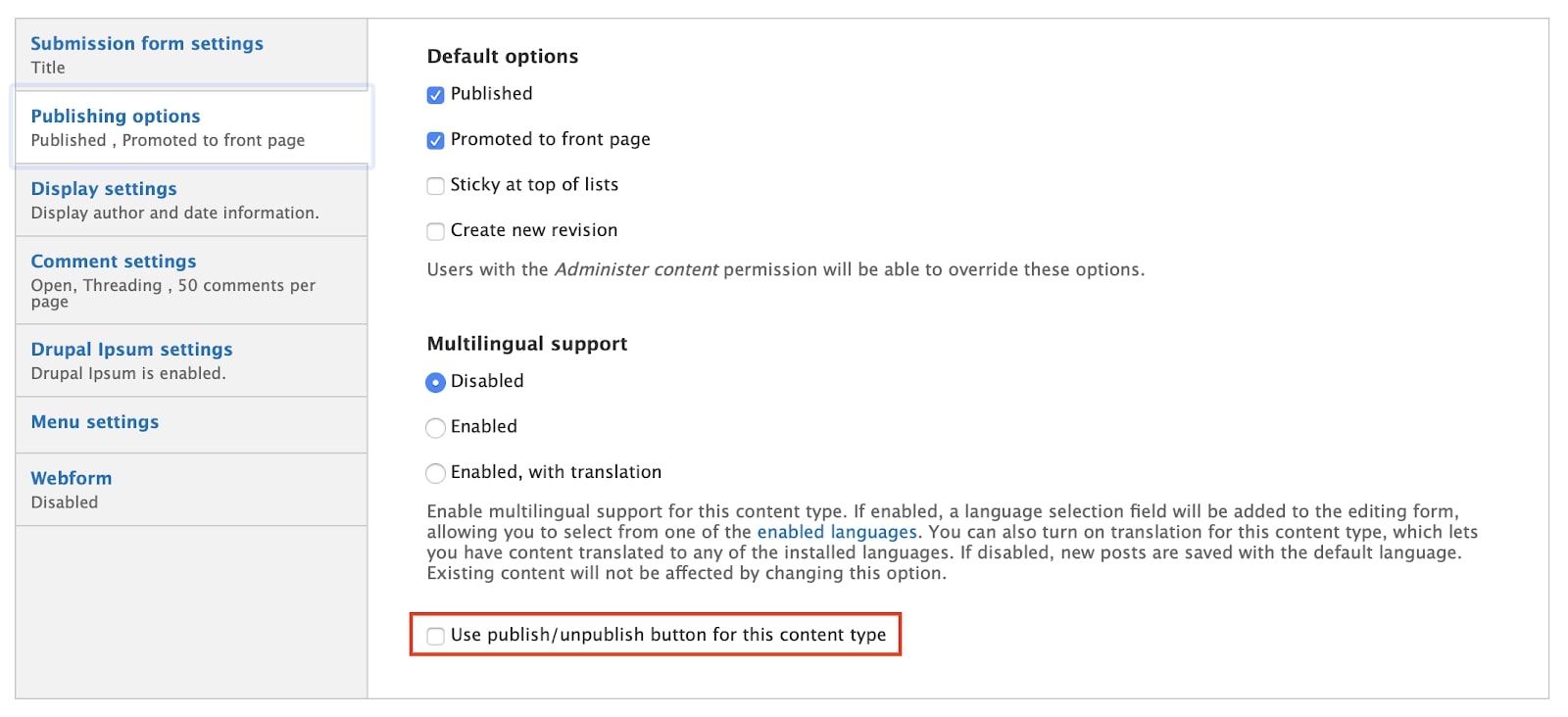
Once you are confident that your website is ready to welcome visitors, you can go ahead and publish it. However, this is not final. You can always come back and make changes to your website as often as you want, but visitors will only see these changes after the publish button has been pressed again.
There are a number of things you can do once you have published your website. The key idea is to attract visitors and drive engagement with your site. To this end, you can try sharing your website on social media, optimizing your website for maximum search engine visibility, and more.
How to build a website from scratch: Summary
If you followed these steps from beginning to end, then congratulations! You have built yourself your very first website. Remember to update it regularly with fresh content, and share it far and wide across your social circles, to have the maximum effect.
Further reading on website builders
If you're looking to build a website on a budget, read our article bringing together the best cheap website builders; and if you're looking to build a website focused on sales, check out our guide to the best ecommerce website builders.
Ritoban Mukherjee is a freelance journalist from West Bengal, India whose work on cloud storage, web hosting, and a range of other topics has been published on Tom's Guide, TechRadar, Creative Bloq, IT Pro, Gizmodo, Medium, and Mental Floss.

